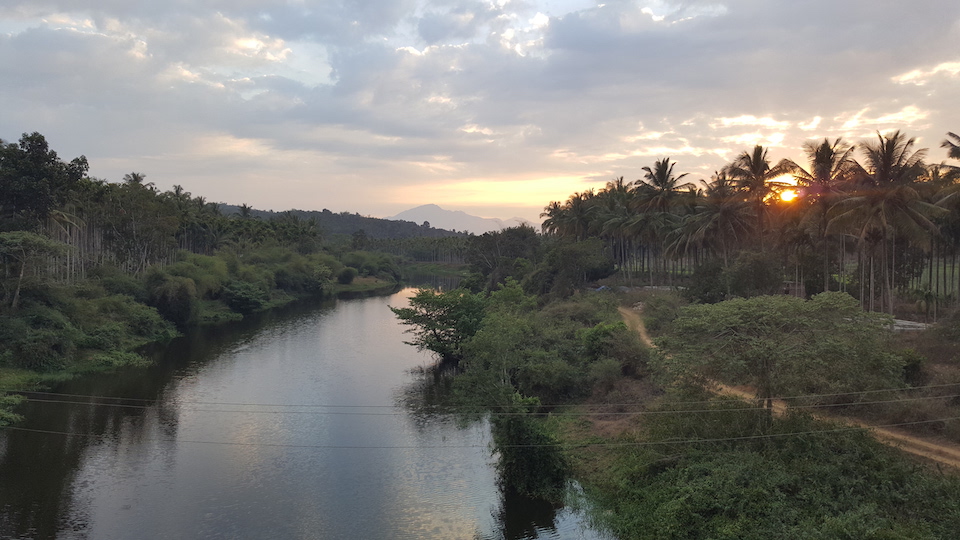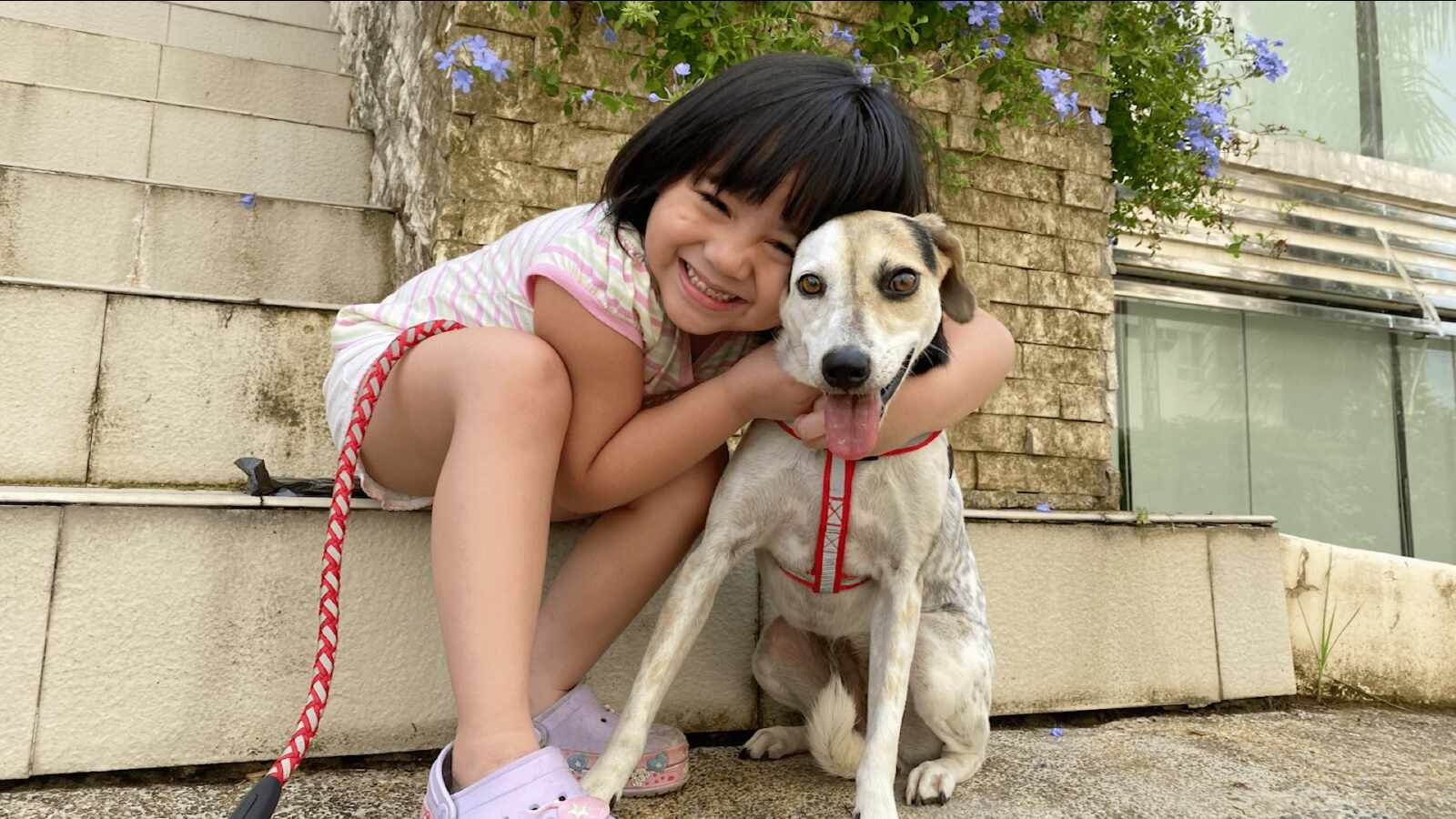Back in business, after the storm

Cows.
When Amala Menon set up SaveAGram to help struggling rural communities in India tap the power of tourism, the last thing she expected to do was vetting what type of cows farmers were buying.
Yet that was what she found herself doing, when Kerala was hit by devastating floods in August, 2018. It was the worst flood to have hit the state in over a century, unleashing mudslides that displaced more than a million people, killed at least 445, and swept away roads, bridges and homes.
Amongst the areas that were affected was Wayanad, where one of SaveAGram’s homestays is located.
Amala went from social entrepreneur to a mini “crisis relief” agency of one, rallying friends to donate monies, and making sure the funds raised — over US$14,000 in all — were put to good use.
Including making sure farmers looking to replace livestock bought the best cows for their needs. “I wanted to make sure they bought the good desi cows,” she says. Desi cows refer to breeds indigenous to India, which are prized for producing more nutritious milk.
First growth, then crisis

SaveAGram was set up in 2014 to help villagers preserve their unique rural lifestyles by offering homestays to travellers, thereby generating income.
After Our Better World first told their story in 2017, SaveAGram saw their profile grow, with enquiries for their homestays surging from once monthly to 100 a month.
The enquiries also resulted in more bookings, with monthly proceeds rising 22 fold. Since the story was published again on The Better Traveller, SaveAGram has received 230 enquiries as of December 2018.
“The stories raised our profile and gave us more visibility,” says Amala. “So we have been trying to figure out how to take that further.”
Then came the floods, which brought tourism in the state to a standstill.
The Nambiars — SaveAGram’s hosts in Wayanad — were fortunate to have suffered relatively little damage to their property, except to its plumbing. Following repairs, the Nambiars are ready to receive guests once more.
But others were harder hit: some losing homes, and others losing an entire season’s crops — and income.
From preserving lifestyles to rallying for help

The Indian government had pledged to provide cash payouts to those affected, but upon visiting the villages, Amala realised not everyone was eligible.
“There was nothing. People were living in tents, living in other people’s homes. I started thinking about how I could make a difference,” she says.
Amala managed to raise 10 lakhs (US$14,324) in donations, and worked with Wayanad Girijana Trust, with which she partners for SaveAGram, to ensure every dollar made maximum impact.
One group stood out as being most in need of help: farmers. “Crop loss is a huge loss. People take loans to plant crops every season. So what we did was to identify households, and gave them Rs5,000 (US$71) to help tide them over.
“In India, Rs5000 goes a long way, it can help manage their household expenses, school fees. If they had loans, they could put some money towards paying off their debts,” says Amala.

Organic farmers — whose practices Amala encourages — received double the amount, and SaveAGram also pledged to buy their produce going forward.
Those who wanted to buy a cow were given Rs30,000 (US$430) to do so, allowing them to secure their livelihood.
Fourteen households whose homes were destroyed were pledged about Rs800,000 (US$11,416) for rebuilding, with the money released in tranches.


The “social” in “social enterprise”
SaveAGram, Amala stresses, is not a charity. “But when you run a social enterprise, it’s so related to the social situation that you have to rethink what you do occasionally.”
She also saw how the community rallied to support each other. “Even small farmers are trying to think of what else, where else they can come in.”


With the floods subsided, Wayanad is open for business again, the green hills and flowing river peacefully beautiful once more.
“SaveAGram’s primary aim to help villagers generate income,” says Amala. “When travellers visit, it gives them a sense of joy, pride and income.”
Reflecting on her experience, Amala says: “I think the kindness of human beings came up, and people trusted me enough to reach the people who could benefit.
“[This trust] so powerful that you have to use it. I am so humbled by it.”












